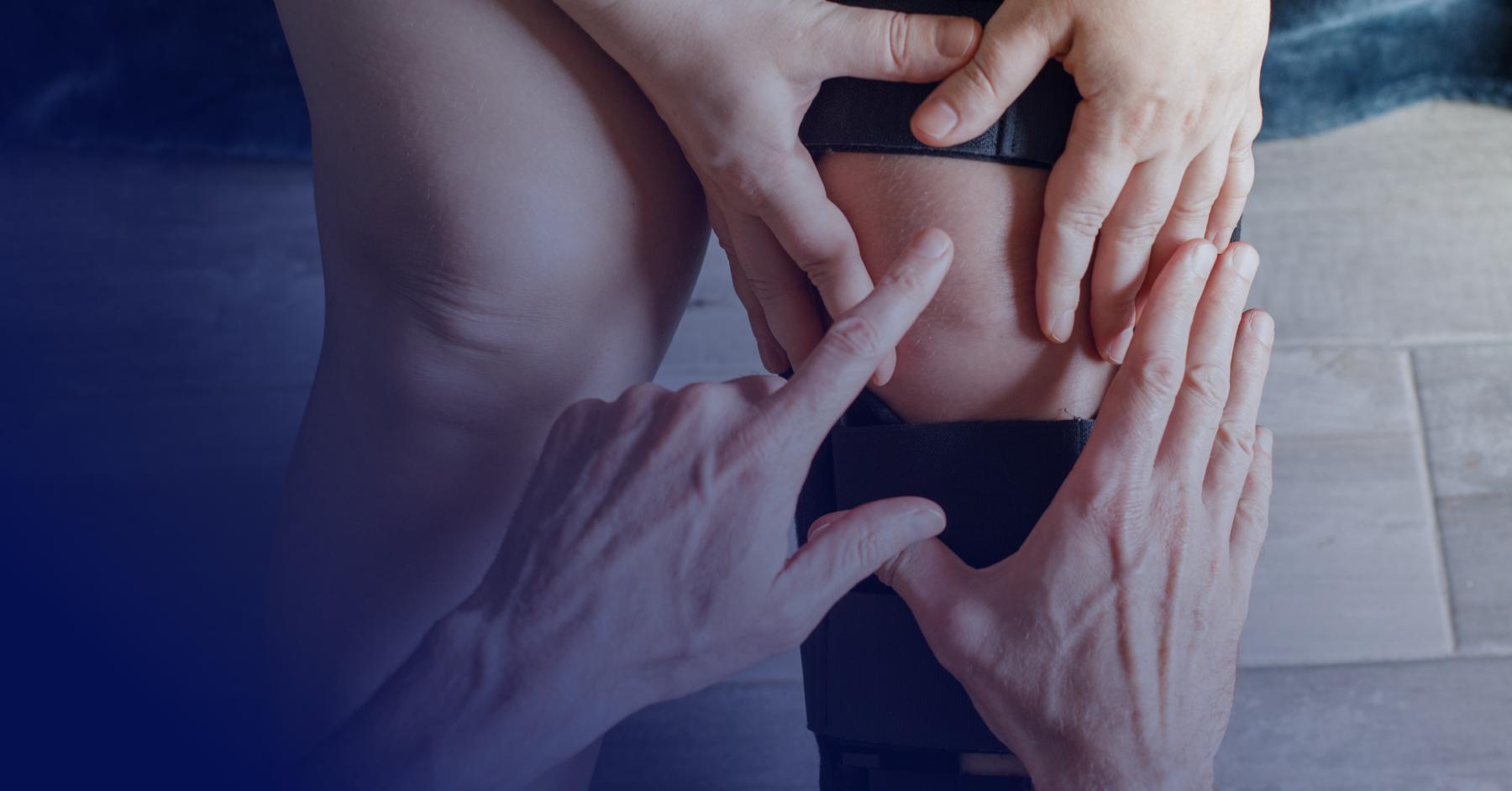7 Ways to Prevent Shin Splints
Workout Injuries

Shin splints might feel like an inevitable part of a runner’s life, but they don’t have to be.
Roughly 50 million people either run or jog regularly. While running is a great cardio activity, it’s also a high-impact exercise that can take a heavy toll on your joints and muscles. One of the unfortunate (and common) side effects of running is a painful shin splint.
If you’re a dedicated runner, you’ve undoubtedly experienced shin splints at one point or another, but don’t give up on your workout regimen — shin splints can be easily treated and prevented.
What are shin splints?
Shin splints, or medial tibial stress syndrome, refers to pain along the tibia, the large bone in the front of the lower leg. The repetitive stress of running on pavement can irritate the muscles, tendons, and tissues connected to the tibia, resulting in pain along the front and outside of the shin. The pain may also be felt on the inside of the lower leg above the ankle. The shin may also be painful to the touch.
Runners may feel acute pain as they run, but the discomfort may intensify as the condition progresses. The pain may worsen when standing on your toes or moving the ankle inward.
To diagnose shin splints, a doctor will catalog your symptoms and perform a physical exam. An X-ray may also be performed to rule out other possibilities, such as a stress fracture.
Treatment for shin splints involves resting for a period. Taking ibuprofen, acetaminophen, or naproxen sodium can ease the pain. Applying an ice pack on the lower leg for 15 to 20 minutes several times a day may also be recommended. However, avoid putting the ice directly on your skin; cover it with a towel.
If you don’t want shin splints to take you away from the track for any amount of time, you can take several measures to prevent or reduce the risk of the condition.
How to prevent shin splints

Shin splints may seem to be a nuisance dedicated runners have to live with, but ignoring shin splints can actually lead to more serious disorders, such as a stress fracture of the tibia. To avoid that possibility, try these seven tips for shin splint prevention:
- Mix up your exercise routine. For all its benefits, running is a high-impact activity. To avoid overworking yourself, mix in lower-impact exercises such as biking, swimming, and walking. You’ll still get a cardiovascular boost but with less stress on the joints.
- Do strength training. Focus on exercises designed to strengthen the muscles of the leg and core. Doing so will stabilize the bones and joints of the leg and help reduce the risk of shin splints.
- Ramp up slowly. Gradually build up your miles and intensity. Doing too much too soon increases the likelihood of shin splints.
- Get the right shoes. Look for shoes with strong arch support, especially if you have flat feet, to absorb the pounding your feet and shins take while running. Be sure to replace your footwear as soon as they wear out.
- Warm up. Do a round of stretching exercises before you hit the pavement to prepare your muscles for the impact they’ll be taking.
- Improve your gait. Everyone has a running style, but could yours be hurting your shins? Work with a trainer or expert runner to analyze your gait and running style so you don’t get shin splints.
- Don’t run when hurt. If you’re hurting from even a minor injury, skip the running track for a few days. Running while in pain will not make it go away.
If shin splints become a recurring problem, consult with a physical therapist. They can help you overcome the pain with therapy and also find ways to help you prevent shin splints from happening again.
Get back on track
All Sports Physical Therapy, we understand how hard it is for dedicated runners to give up their sport. If you are feeling pain from shin splints or another orthopedic condition, make an appointment with our office. Our therapists will work with you to manage and resolve your pain, so your legs can return to full health. Contact us today for a consultation.



